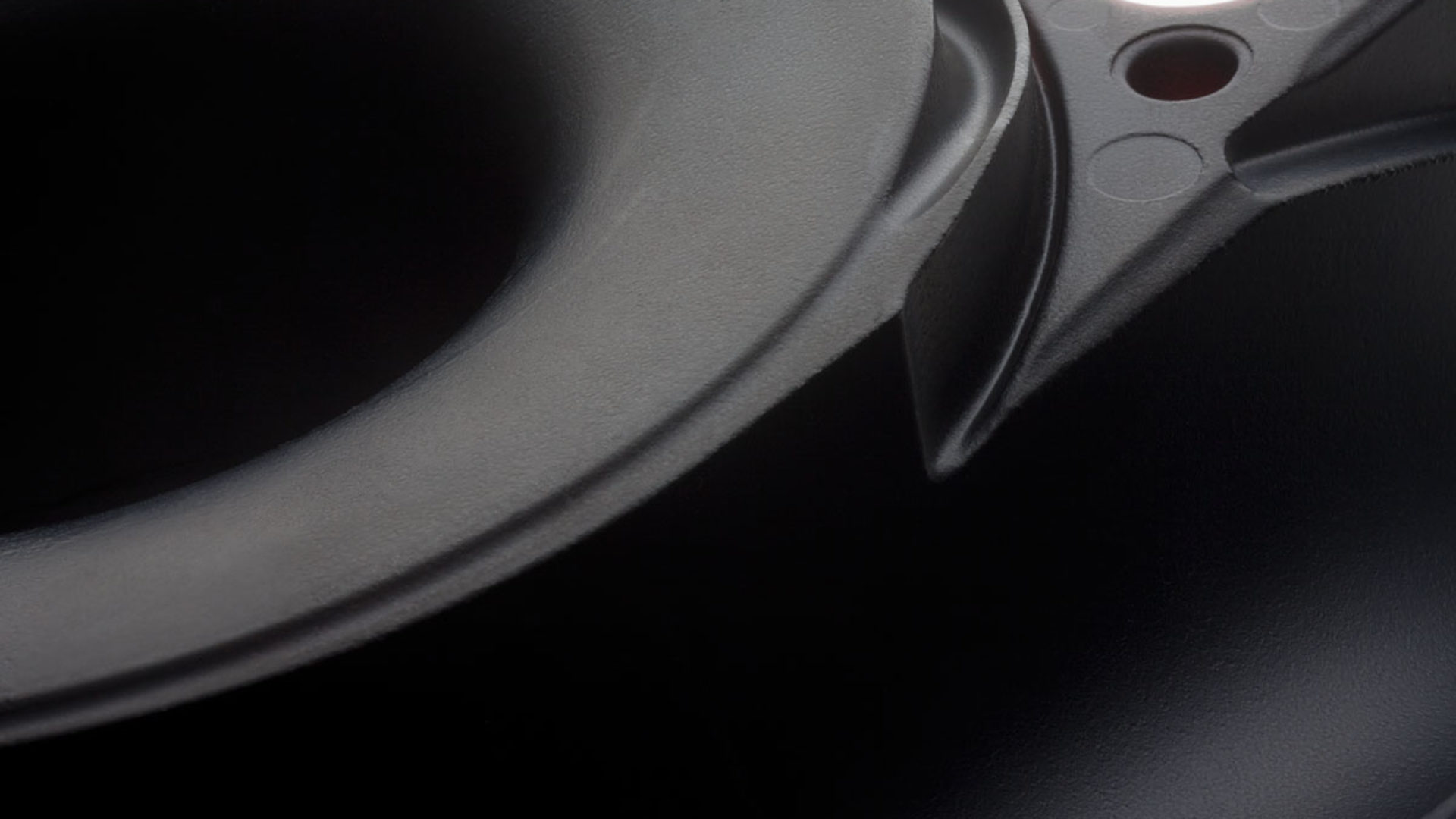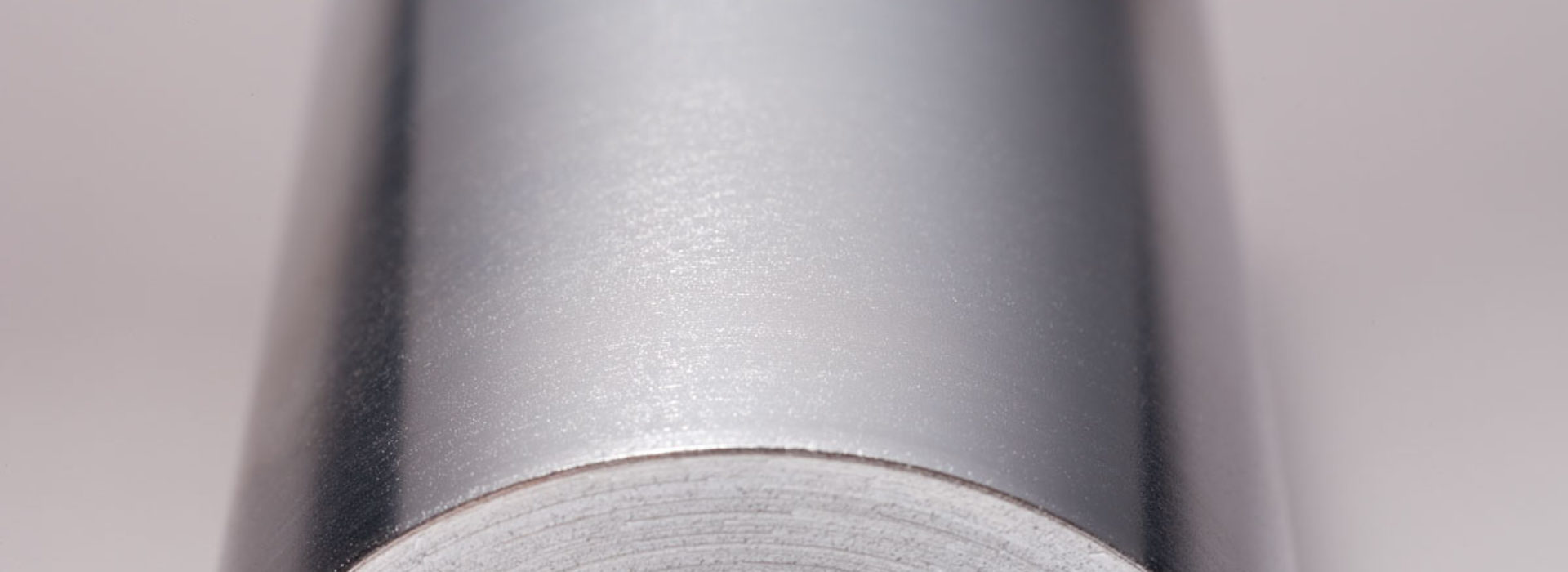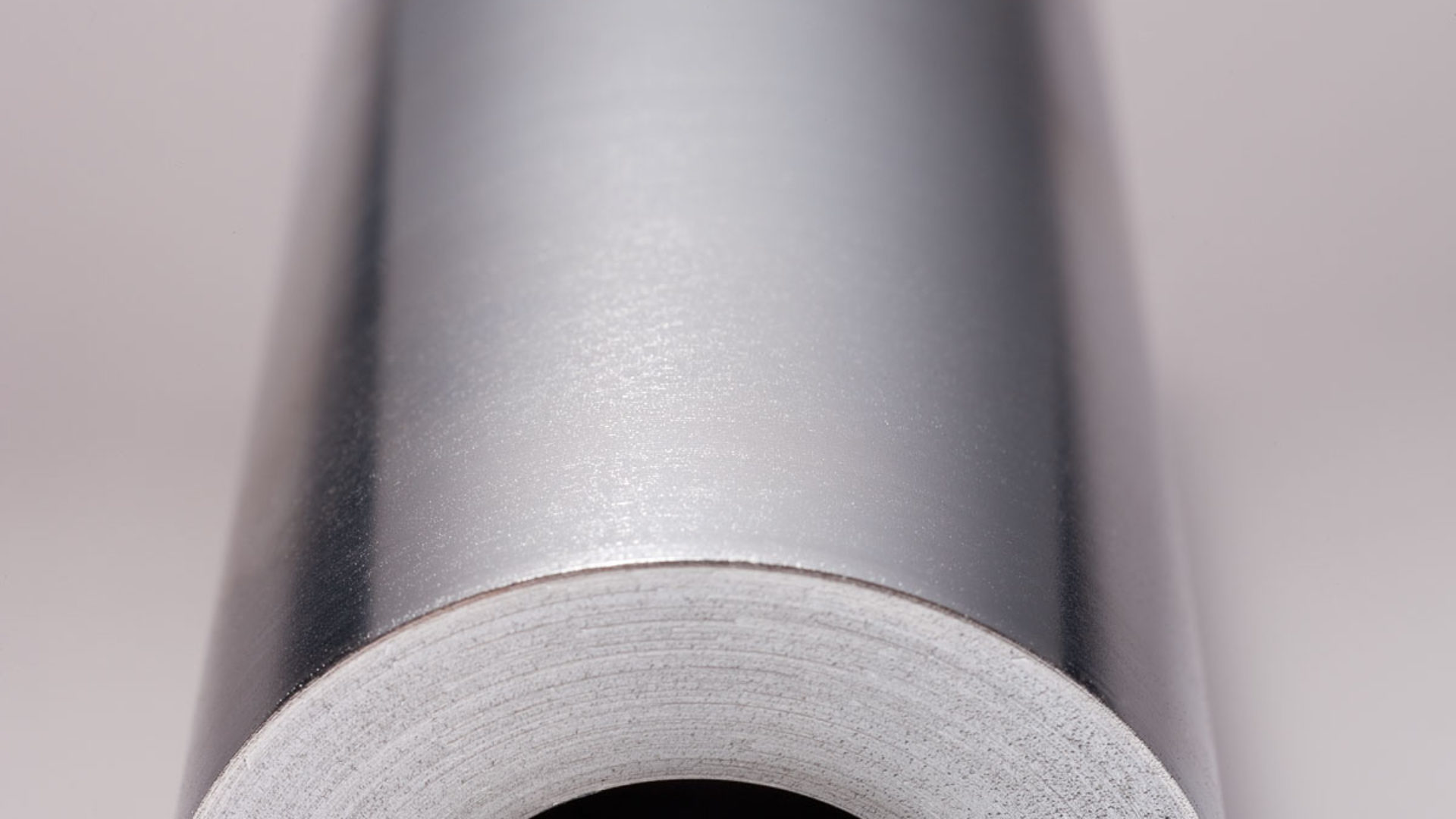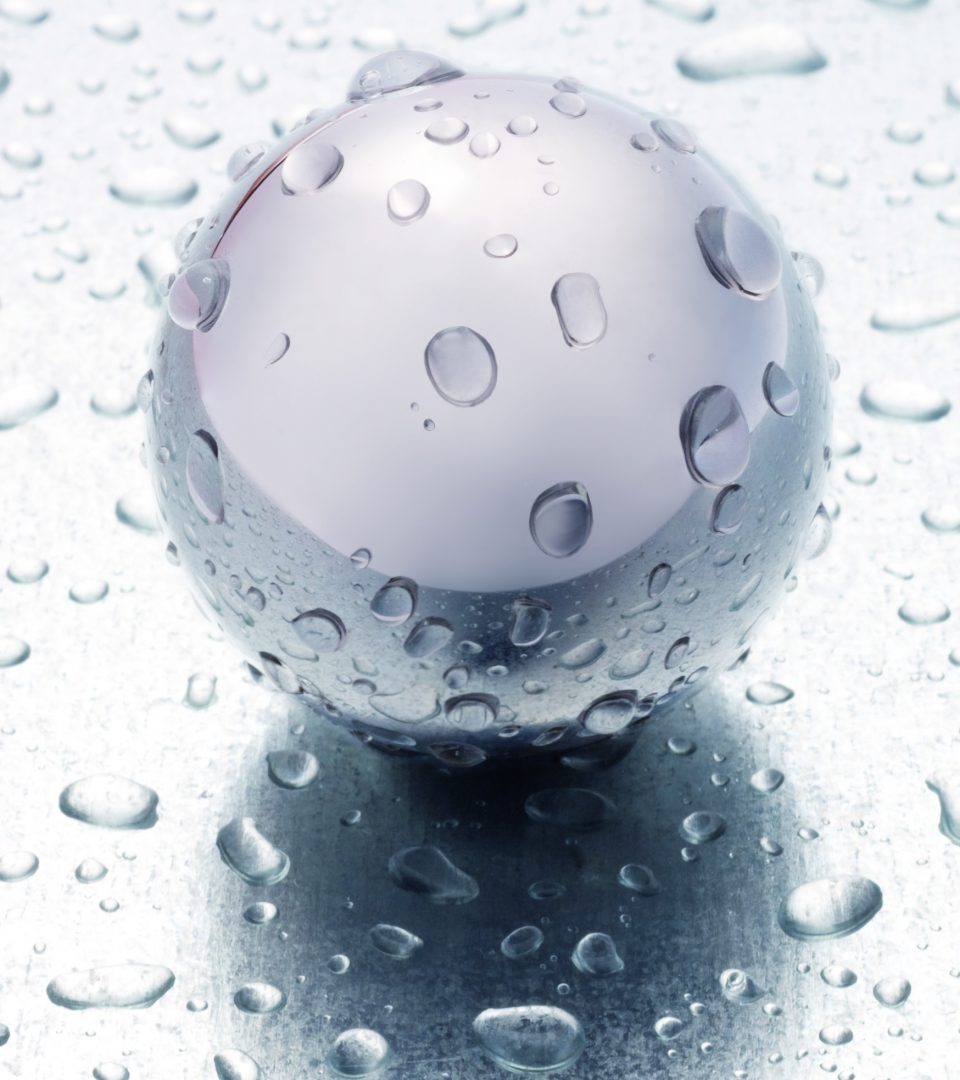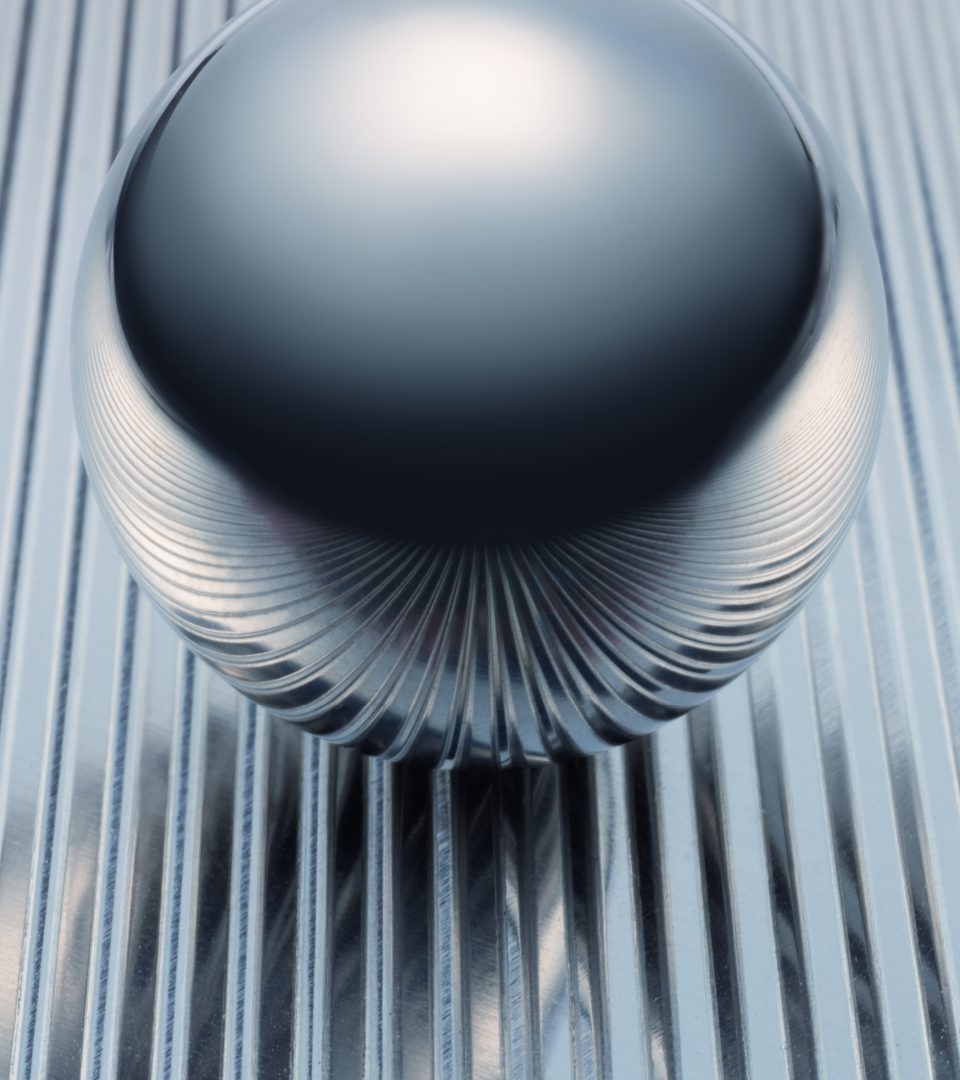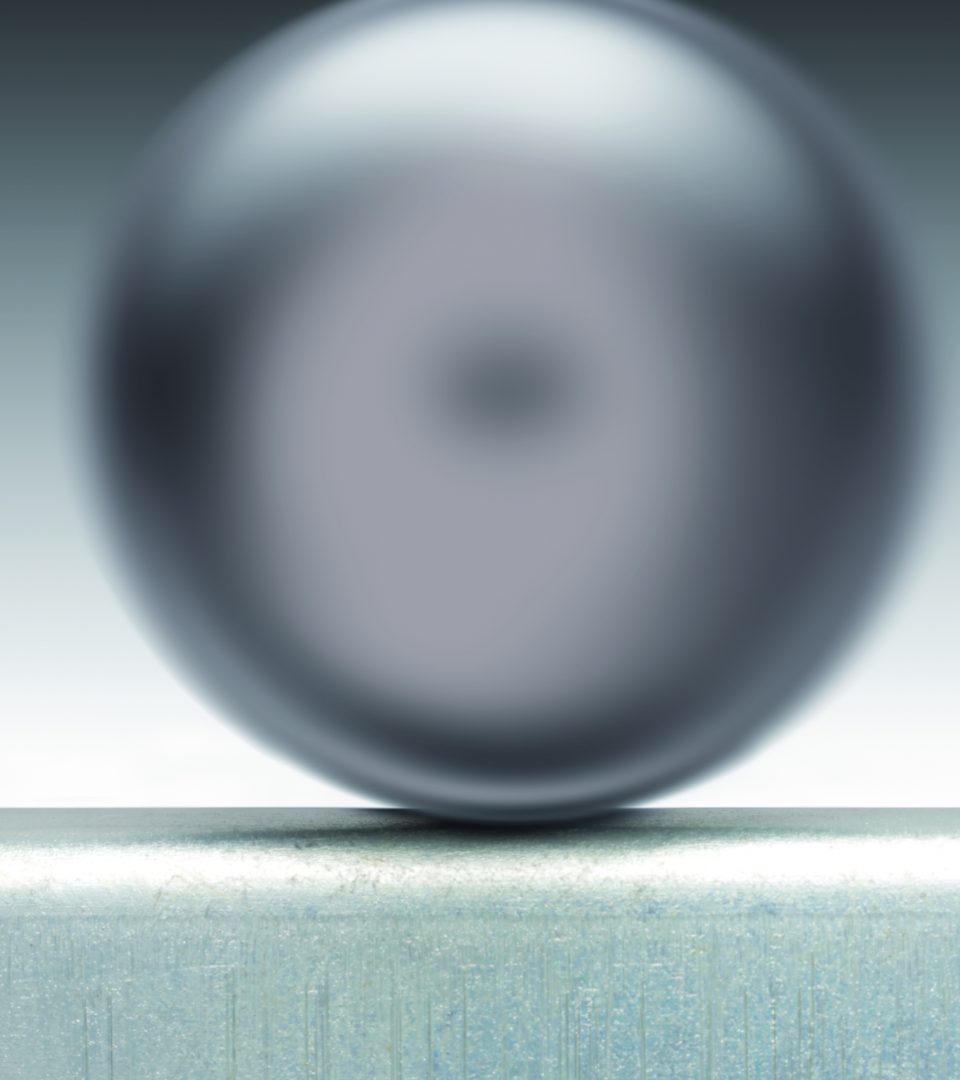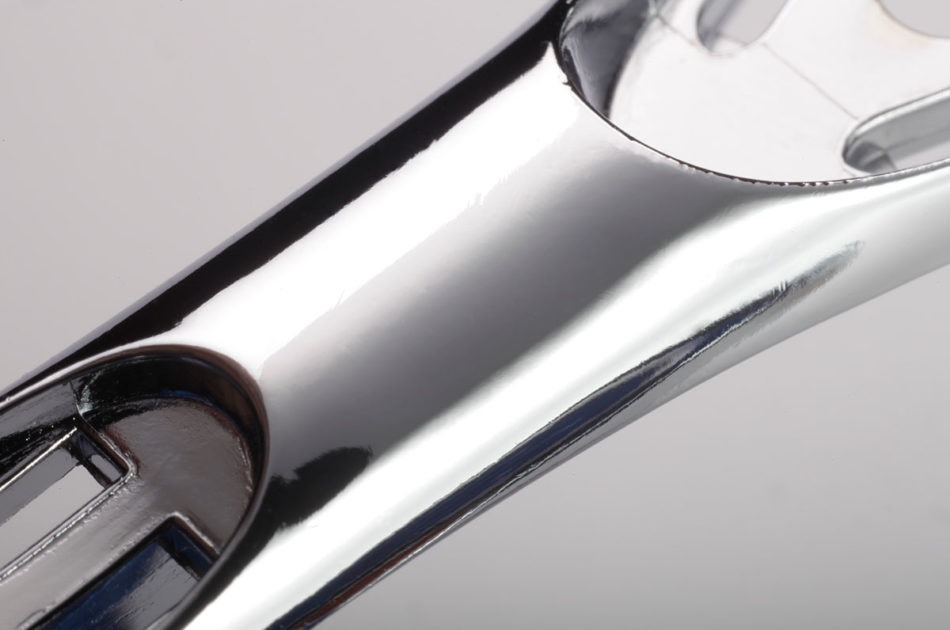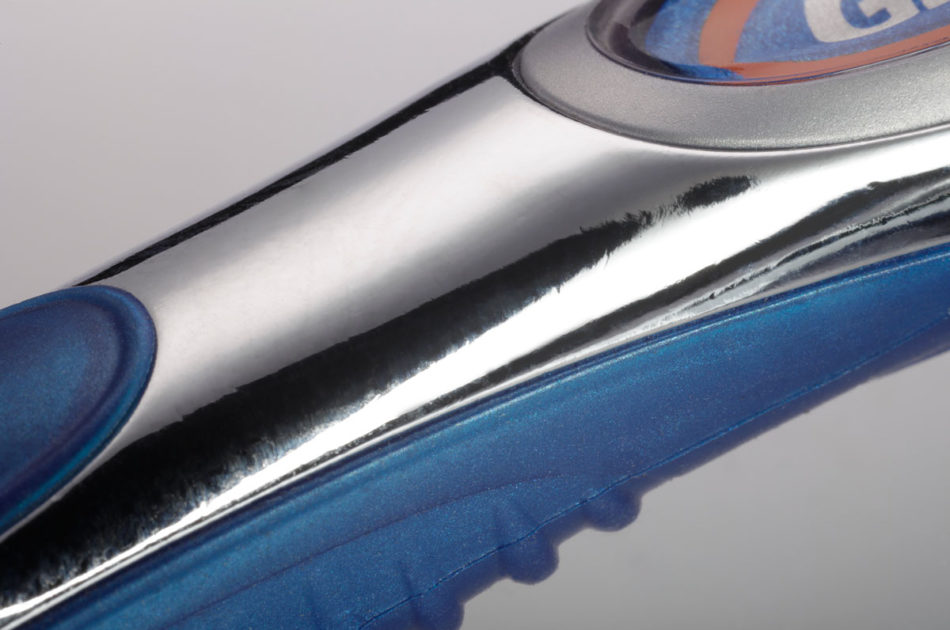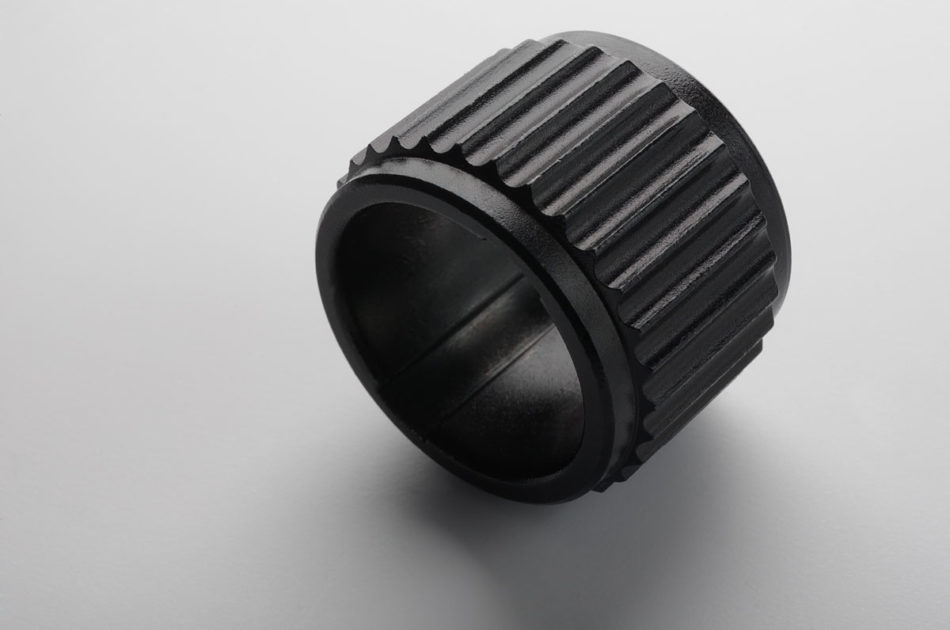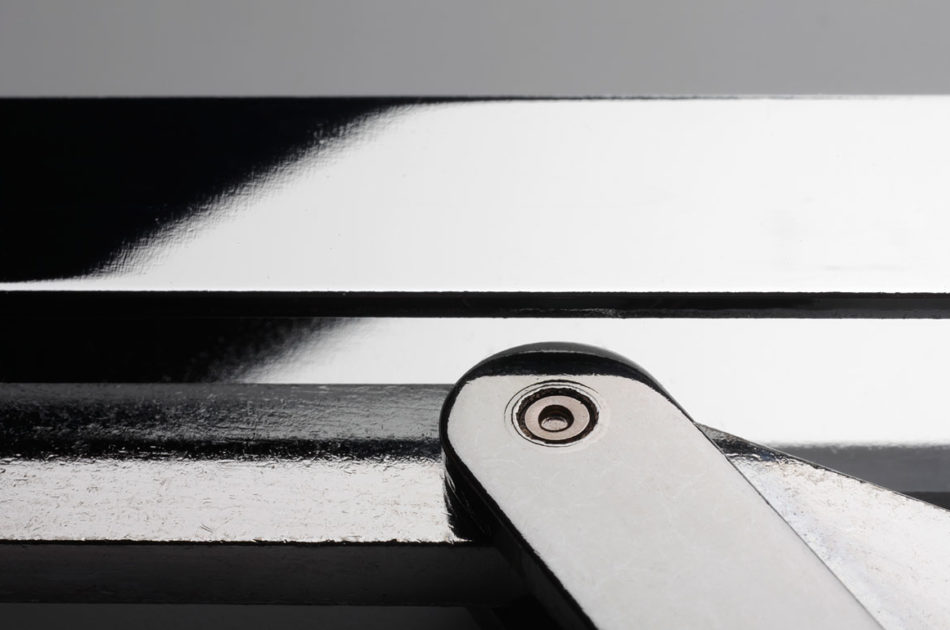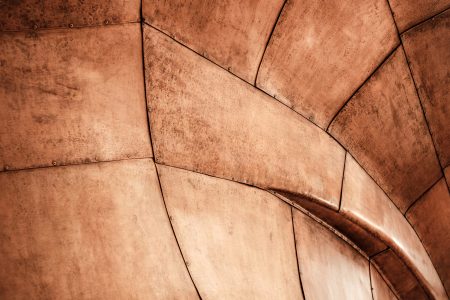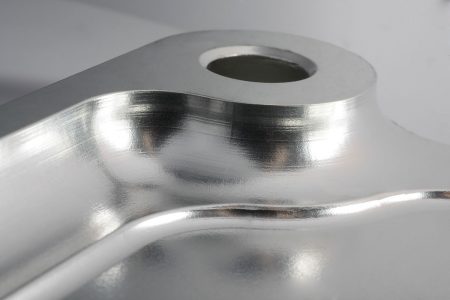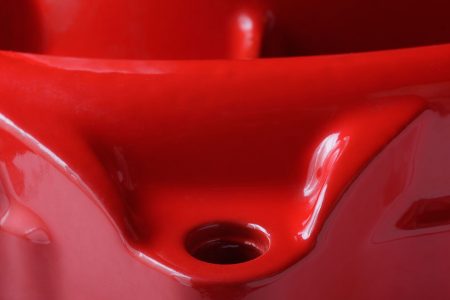Details
Typical components & applications
Typical components
Shaver handles, decorative furniture and household items, plug housing units, surface-mounted housing units, vehicle parts, machine parts, furniture fittings, window and door fittings, fastening components
Industrial applications
Consumer goods, electrical and industrial engineering, furniture industry, vehicle manufacturing, mechanical engineering, mining, oil and gas industry
Chrome process at Collini
Chrome plating
Chromium is a bluish-white, brittle metal that can be mechanically polished to a high gloss. A particularly important feature of chromium is its behaviour towards oxidising media. When treated with nitric acid or oxidising acid mixtures, chromium becomes passive. Atmospheric oxygen also causes passivity of the active chromium, which means that passive chromium is close to precious metals in terms of value. Chromium's known tarnish resistance and its good corrosion resistance are based on this passivity. Chromium is resistant to phosphoric acid, acetic acid, citric acid, tartaric acid and most other organic acids. Metallic chrome is resistant to dry air. It barely corrodes in humid air. Chromium is also resistant in alkaline media, as long as no strong oxidising conditions are present.
Glossy and matt chrome
Creation of glossy chrome is a highly decorative chrome process, and it is usually deposited on a glossy nickel layer. When the chrome layer is deposited over a pearl nickel process, the appearance of the underlying nickel layer is reproduced. The layer thicknesses are usually in the range of 0.25-0.5 µm. The wear resistance of the chrome layers is very good, but the material is brittle and therefore not ductile. They feature good reflectivity.
If a layer of nickel under the chrome is matt, then the workpiece will still be matt (matt chrome) after the (thin) glossy chrome plating. This kind of matt surface is desired in some cases and is then perceived as very high quality (semi-matt).
Black chrome
Black chrome is a decorative black surface. The black chrome layer is one of the few deep black surfaces that are electrically conductive. Some black chrome layers only have moderate abrasion resistance. This effect can be slightly improved by subsequent oiling. All nickel surfaces can be considered as a base for black chrome plating, and copper and steel can also be black chrome plated directly. Black chrome is highly oxygenated and coatings consist of chromium and chromium oxides, which means that they are not as mechanically resistant as gloss chrome coatings, for example. Black chrome is temperature resistant up to 500 °C. Black chrome coatings are primarily used in the measuring industry and in consumer electronics.
Hard chrome
Hard chrome is a time-tested, universal surface protection, which is deposited in an electrochemical process using insoluble anodes and high current densities in chromium acid-containing solutions. Virtually all standard base materials can be coated with different layer thicknesses depending on the expected mechanical or chemical stress required of the component.
Hard chrome coatings are used wherever a high level of hardness, temperature resistance, wear resistance and corrosion protection are required. In addition, they feature low friction and low adhesiveness; they are tarnish-resistant and harmless to health. These versatile advantages offered by hard chrome layers can be seen in all industrial production areas, and they represent a low-cost solution for various requirements.
